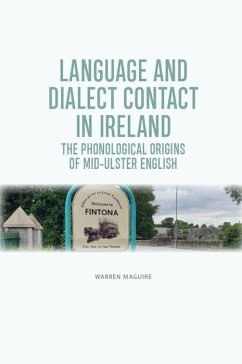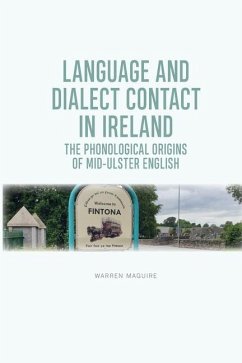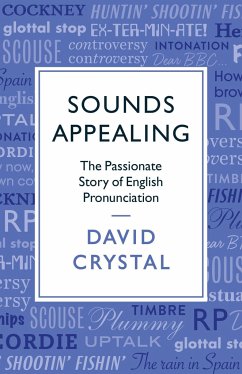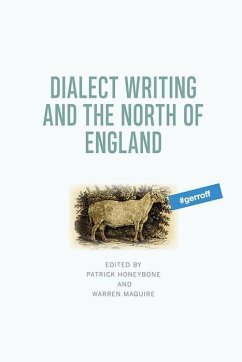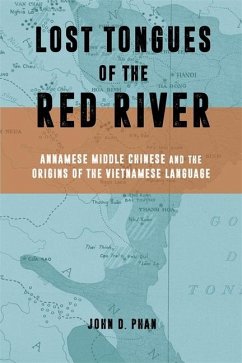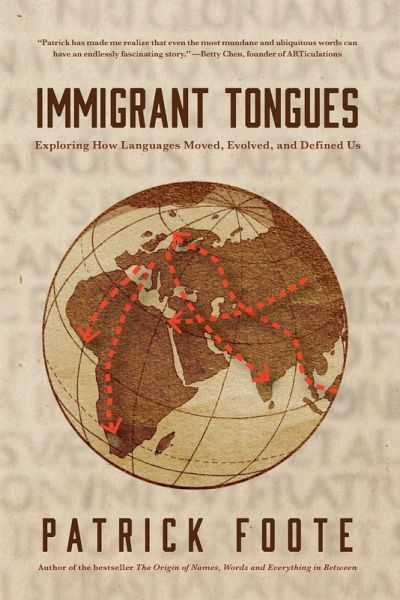
Immigrant Tongues
Exploring How Languages Moved, Evolved, and Defined Us (History of Language, Etymology Book)

PAYBACK Punkte
8 °P sammeln!
Tracing the Journey of Global LanguagesPatrick Foote's Immigrant Tongues is the ultimate language history book, blending stories of migration, culture, and evolution to uncover how languages have shaped our world. Perfect for fans of linguistics gifts and etymology dictionaries, this book combines the fascinating history of English language development with tales of other lingua francas and their profound global impact. Discover how languages transform and adapt. From the history of the English language's arrival in the United States to the spread of Arabic across North Africa and the enduring...
Tracing the Journey of Global LanguagesPatrick Foote's Immigrant Tongues is the ultimate language history book, blending stories of migration, culture, and evolution to uncover how languages have shaped our world. Perfect for fans of linguistics gifts and etymology dictionaries, this book combines the fascinating history of English language development with tales of other lingua francas and their profound global impact. Discover how languages transform and adapt. From the history of the English language's arrival in the United States to the spread of Arabic across North Africa and the enduring legacy of the Latin language, Immigrant Tongues explores the journeys of tongues across continents. Each chapter delves into the origins of a language, the native tongues it encountered, and how it adapted and evolved in its new home. With a style that balances entertainment and depth, this linguistics coffee table book also highlights the cultural exchanges that enriched language along the way. Uncover the stories behind linguistic diversity. Whether you're intrigued by etymology gifts or searching for the perfect language book, this engaging narrative reveals the deep connections between geography, history, and the evolution of words. Explore the native languages spoken before immigrant tongues arrived, how languages like French and Maori transformed over time, and why some evolved into today's modern lingua francas. Inside, you'll find:A detailed exploration of language origins and their journeys across the globe. Insight into how languages like English, Latin, and Arabic adapted to new cultural landscapes. Stories that deepen your appreciation for the interplay of linguistics and history. Immigrant Tongues is more than a book-it's a gift for history buffs, etymology lovers, and anyone fascinated by how words have shaped our world. Perfect for your coffee table or as a treasured linguistics gift, this book celebrates the power and beauty of human communication. If you liked Why Do We Say That?, Dictionary of Word Origins, or The Origin of Names, Words and Everything in Between: Volume II, you'll love Immigrant Tongues.




